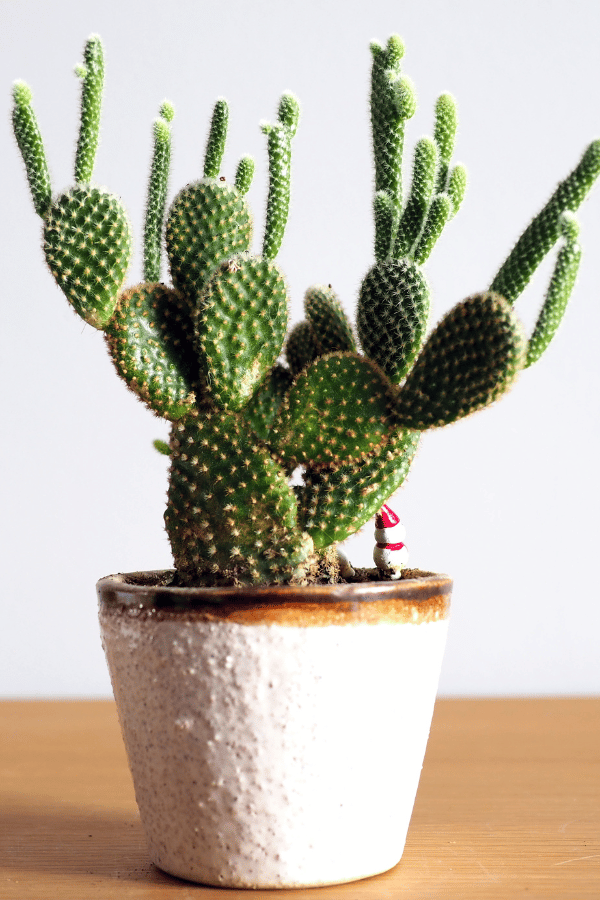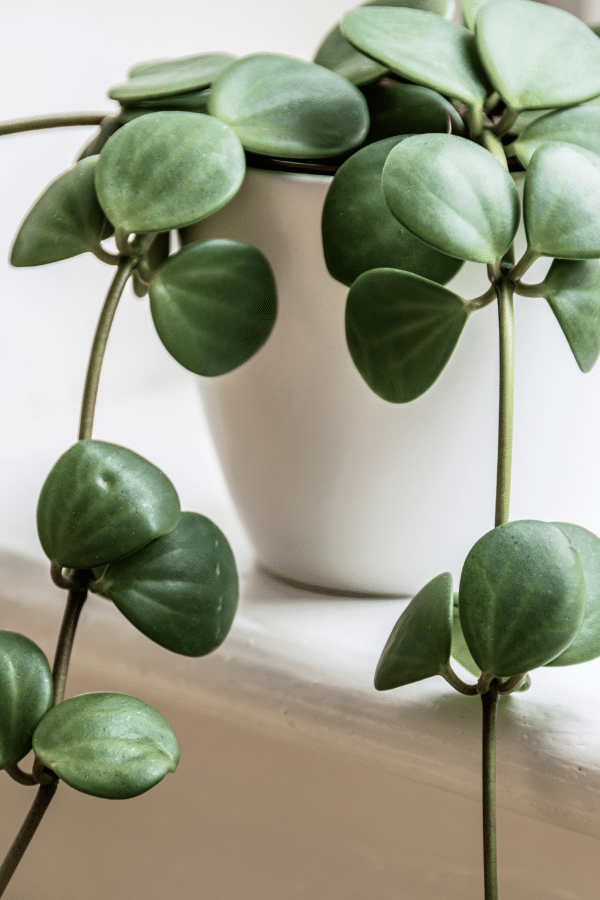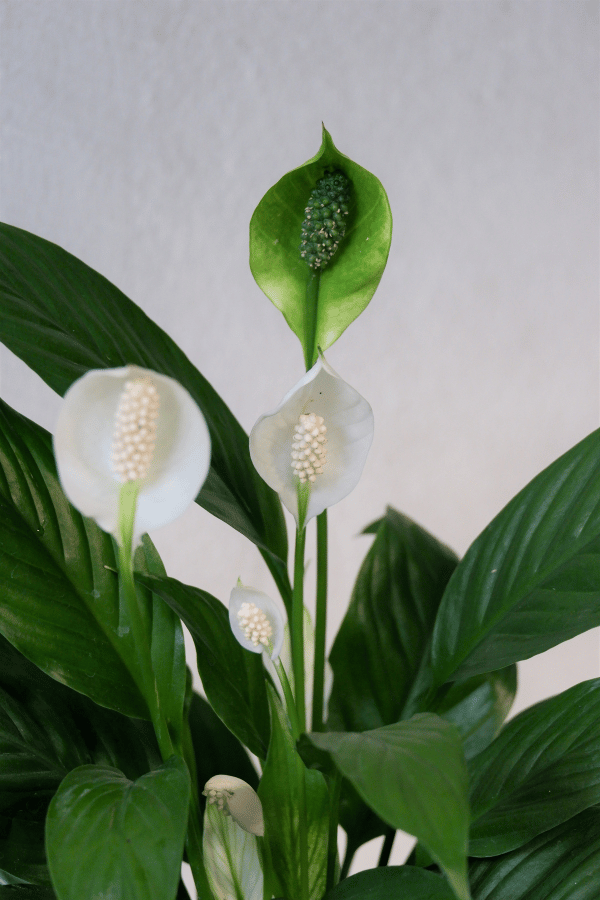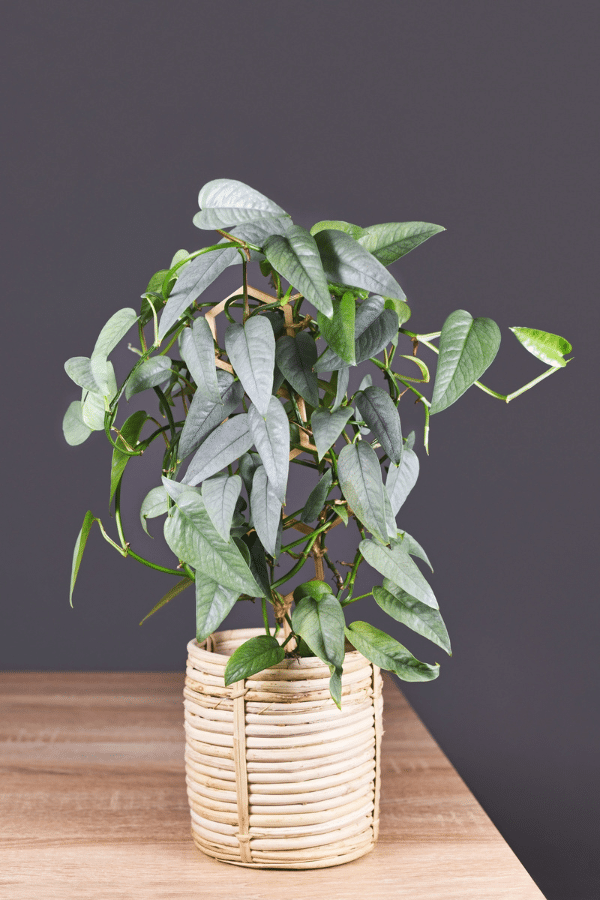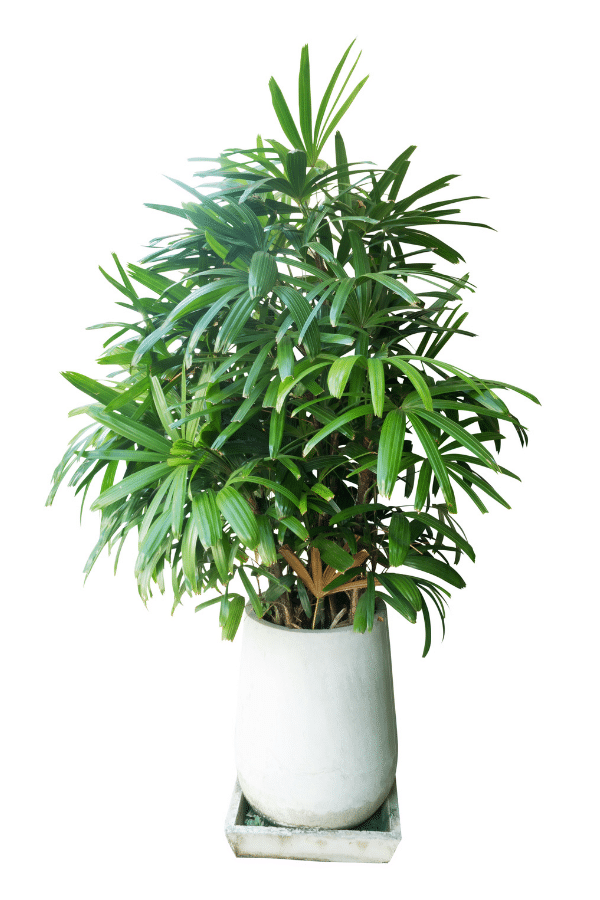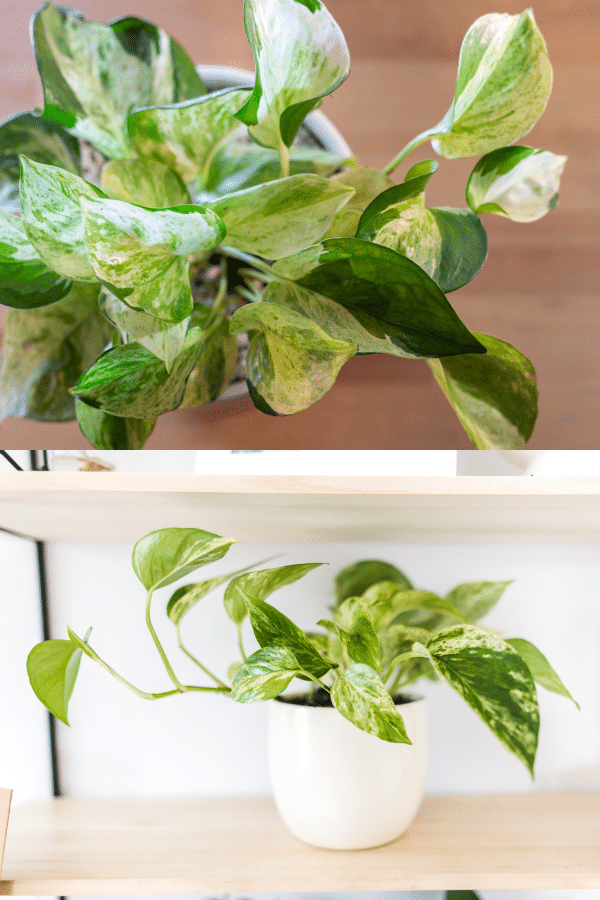Cebu Blue Pothos
Scientific Name: Epipremnum Pinnatum ‘Cebu Blue’
Common Name: Cebu Blue Pothos, Blue Pothos
Cebu Blue Pothos care can be an easy task to get right if following the correct guidance and growing it under the correct environment. The Cebu Blue Pothos differs a lot from the other Pothos houseplants. This variation has thin but long silvery sparkly leaves. This distinction will help you to pick it out easily at a nursery. You can teach this plant to grow up a moss pole or you can let it trail in a hanging basket or on a shelf.
Quick Care Overview
| Common Name | Cebu Blue Pothos, Blue Pothos |
| Scientific Name | Epipremnum Pinnatum ‘Cebu Blue’ |
| Family | Araceae |
| Origin | Philippines |
| Identification | Thin, long leaves with silver, sparkle pattern |
| Height | 10 feet tall |
| Soil | Well-draining soil |
| Water | Allow top two inches of soil to dry out before watering |
| Temperature | 60-80F |
| Sunlight | Bright, indirect sunlight |
| Toxic to Cats & Dogs | Yes |
| Toxic to Humans | Yes |
| Pests | Mealybugs, spider mites |
| Diseases | Root rot |
Below we will dive deep into how to care for Cebu Blue Pothos.
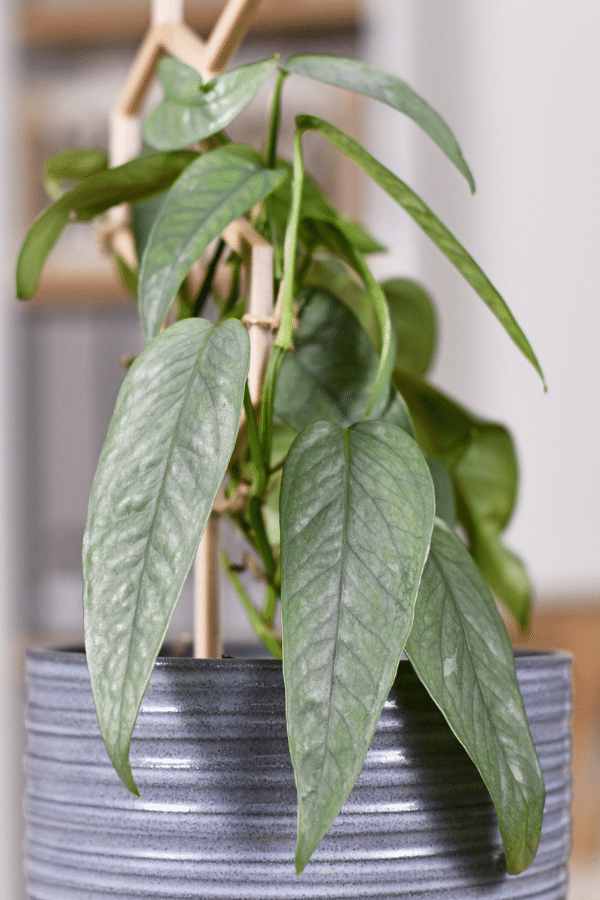
Cebu Blue Pothos History
The Cebu Blue Pothos is native to the Philippines and has also been found in tropical environments such as Asia, Northern Austria, Taiwan, and Japan. The Cebu Blue Pothos can also be found across the pond in South and Central America.
This Pothos variety is part of the Araceae family and often gets referred to as Cebu Blue Pothos or Blue Pothos.
Cebu Blue Pothos Identification
The leaves on the Cebu Blue Pothos plant differ from other varieties of the Pothos plant. They have thin, long leaves versus the smaller, heart-shaped leaves that other Pothos possess. Other than that, if you look closely, you will notice a beautiful silver sparkling pattern imprinted on the foliage.
Cebu Blue Pothos Growth Facts
If your Cebu Blue Pothos receives adequate lighting, good water, and soil, it can quickly become a fast grower.
How Big Does a Cebu Blue Pothos Get?
When the Cebu Blue Pothos is in its native environment, it can grow to 40 feet long and have tremendously large leaves. However, when this plant is grown indoors, the growth shrinks down a bit and will grow to 10 feet long with leaves around 4 inches.
Cebu Blue Pothos Care
Cebu Blue Pothos care requires minimal effort. Good lighting conditions, a good watering schedule, and a typical household humidity environment will help the plant to grow well. Be sure to use well-draining soil to prevent root rot or other overwatering problems, and always be sure the pot your plant is in has a drainage hole.
Searching for a new houseplant?
Take our houseplant quiz to see what your next plant should be based on the room it’s in, the specific lighting the room receives, if you want it on the floor or on the table, and much more!
Best Soil for Cebu Blue Pothos
The Cebu Blue Pothos prefers well-draining soil with peat moss, perlite, vermiculite, orchid bark, and sand. Orchid bark and sand will help to improve drainage within the soil. Cebu Blue Pothos likes to be in moist soil, don’t let this plants soil dry out.
Cebu Blue Pothos Fertilizer
This Cebu Blue plant grows fine on its own, but if you want to encourage the growth process and get fuller foliage, fertilizing the plant will help tremendously with that. Fertilize this plant once in the early spring and once in late summer to give it a good feeding.
Although there are benefits to fertilizing, it can also cause problems. Overfertilizing can cause damage to your plant, and you should always dilute your fertilizer with water. Follow the instructions on the label to avoid overfertilization.
Cebu Blue Pothos Watering
The Cebu Blue Pothos does not require a lot of water. Allow the top inch of soil to dry between waterings for lush foliage. The drainage hole on your pot will drain any excess water to prevent overwatering, so be sure to plant in a pot with one. If your soil looks soaked, it means you are using too much water while watering or too frequently. Avoid doing this by letting the top of the soil dry out between waterings.
Underwatering is also something to consider when caring for your plant. If your leaves begin yellowing or the leaves start to wilt, you likely are not watering your pant enough. Get to know your plant and set a good watering schedule to let it grow to its fullest potential.
Cebu Blue Pothos Light Requirements
This indoor plant does not require lots of light. The Cebu Blue Pothos grows best in bright light conditions versus low light. It also needs indirect light over direct light. Do not place this plant in direct sunlight as you risk burning the leaves. If you’d like to give your plant some time outdoors during the summer, ensure that the light the plant receives gets filtered by shade.
During the winter months, direct morning sun exposure is ideal. Direct sun in the morning is incredibly beneficial for all types of plants during the inactive growing months. Place it near an east-facing window so the plant can get the morning sunlight it needs but not too much during the afternoon so it burns the leaves.
Cebu Blue Pothos Temperature & Humidity
The Blue Pothos does very well with typical household temperature and humidity levels, 59-80F and around 40-60% humidity. However, if your home is drier than that, provide your Cebu Blue with a humidifier. Alternatively, a pebble tray work just as well to boost the humidity of the plants surrounding the tray. Pebble trays allow a steady flow of moisture to enter the air due to the slowly evaporating water in the tray.
Repotting Cebu Blue Pothos
Repot Cebu Blue Pothos every one to two years. However, if your plant gives off a healthy appearance and it does not have roots escaping through the drainage hole, then you can hold off on repotting for now. If you notice roots coming out of the hole at the bottom of the pot, you should repot immediately, as the plant has gotten too big for the pot it is in. You should always go up a pot size when repotting, and the container should always have proper drainage. If possible, it is best to wait until the warmer months in spring and summer to repot your Cebu Blue.
Cebu Blue Pothos Maintenance & Pruning
Heavy pruning of the Cebu Blue Pothos is not required. However, you may have to prune some vines that have become too long or leggy. Pruning encourages fuller, bushier foliage as long as you cut right above the node where the roots and leaves will then grow out of the stem. If you see any dead, yellow, or brown leaves, remove those from the stems so nutrients can get to the leaves that are growing well.
Cebu Blue POTHOS Related Articles:
- Cebu Blue Pothos Yellow Leaves
- Cebu Blue vs Baltic Blue
- Cebu Blue Light Requirements
- Cebu Blue Pothos Toxic to Cats?
- Cebu Blue Pothos Propagation
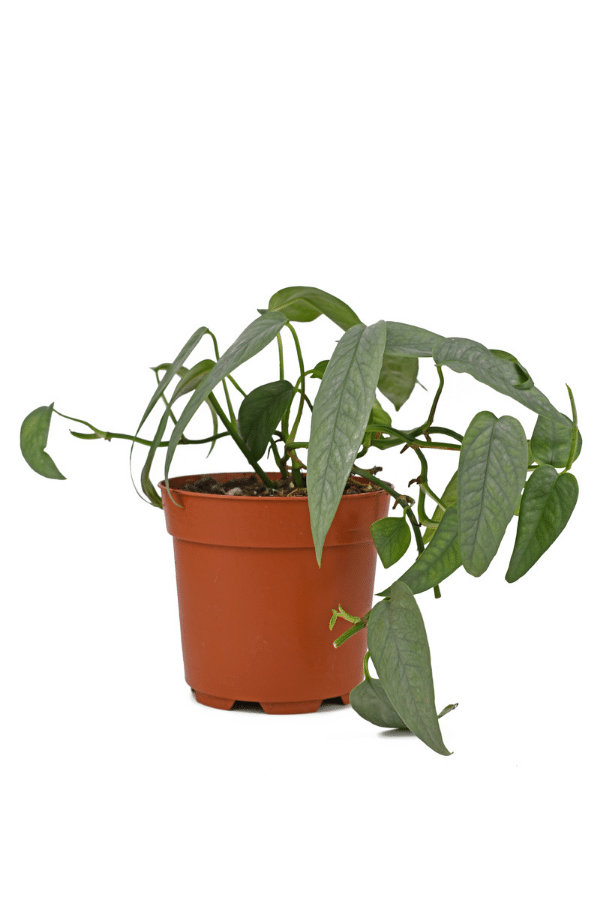
Propagating Cebu Blue Pothos
The Cebu Blue Pothos propagation is incredibly easy. Regular stem cuttings are one of the best way to propagate this Pothos plant. Cut a stem from the mother plant that is about 6 inches long. Remove the lower leaves and be sure to save at least 3 leaves at the top. Place this in a vase of water and let it root, this process could take up to 4 months but you will most likely see roots within a few weeks. Once roots start to develop and are a few inches in length, you may plant your new Cebu Blue Pothos in a pot with drainage holes with fresh, well-draining soil.
Cebu Blue Pothos Toxicity
The Cebu Blue Pothos is considered toxic to household animals including cats and dogs. This plant is also poisonous to humans. It is best to keep this plant out of reach of pets and children.
Toxicity to Humans
Cebu Blue contains insoluble calcium oxalates, making them toxic if ingested. Keep the plant away from children and handle the plant with caution.
Toxicity to Cats & Dogs
If cats or dogs ingests Cebu Blue Pothos, it can cause mouth irritation, stomach irritation, vomiting, and diarrhea. Keep out of reach.
Cebu Blue Pothos Problems
A common problem for vining plants is legginess. Although not a huge issue, it can ruin the aesthetic and make the plant look bare. It often occurs when the plant is trying to reach more light. To solve this, try increasing the light level for your plant. However, do not place the plant directly in sunlight.
Cebu Blue Pothos Leaves Turning Yellow
Yellowing leaves on a Blue Pothos are the result of an inadequate amount of water and/or light. Along with the yellowness in the leaf, the leaf may become noticeably flatter. This means the plant isn’t receiving enough nutrients in way of light and/or water. To resolve yellow leaves, be sure it is getting adequate water and bright indirect light.
Cebu Blue Pothos Leaves Turning Brown
There are many reasons the Cebu Blue Pothos get brown leaves. Too much sunlight, too much fertilizer, or too much water are usually the culprits. If too much light gets absorbed by the leaves, it will essentially burn the leaves resulting in a brown appearance. Another reason the leaves could be browning is too much fertilizer. The Cebu Blue doesn’t need much fertilizer, like other plants. Overwatering could also be the culprit of browning leaves. To resolve brown leaves on Cebu Blue Pothos, manage the plant’s sun exposure properly, don’t get it too much fertilizer, and let the soil dry out before watering again.
Cebu Blue Pothos Diseases
Root rot from overwatering is the most common disease affecting the Cebu Blue Pothos. Apart from this, bacterial leaf spot is also a disease that affects cebu blue pothos. To resolve bacterial leaf spot, remove the affected areas and use neem oil and/or insecticidal soap. Isolate the plant and be sure not to let water touch the leaves when watering.
Cebu Blue Pothos Pests
Pothos plants, in general are typically susceptible to mealybugs and spider mites. This variation of Pothos is no different. Isolate this plant if you notice any pests so they don’t infect other plants nearby. Start treating the plant by spraying the entire plant with water, either in the sink or in the shower, be sure to get the undersides and top of the leaves to remove all of the visible pests. Dry off the leaves and then start treating the plant with insecticidal soap by following the directions on the label.

